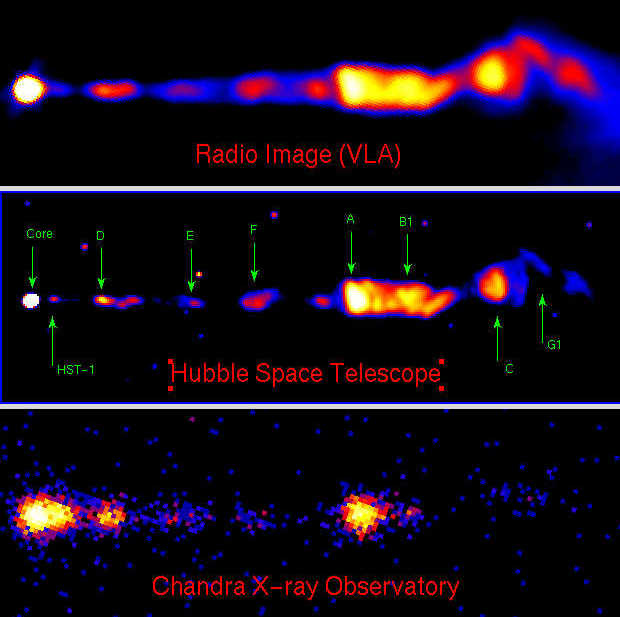A Black hole is a theoretical cosmic object with a tremendous mass, and hence gravitational force, from which nothing, not even light, can escape.
The Plasma Universe is agnostic on the existence of black holes, proposing that well-known laboratory plasma physics and electromagnetic forces are responsible for certain cosmic phenomena that others attribute to black holes and their gravity. P. F. Browne in discussing magnetic vortex tubes, notes that:
- “There is then no need to invoke black holes, or indeed new objects of any kind.”[3]
Some researchers have doubted the existing of black holes. Hannes Alfvén commented on;
- “neutron stars and black holes (if there are any!).”[4],
but that:
- “It has been claimed that there exist `black holes’ which convert gravitational energy into different kinds of radiation. This cannot be excluded.”[5]
Notes
- ↑ Peratt, Anthony L., “Evolution of the plasma universe. I – Double radio galaxies, quasars, and extragalactic jets”, IEEE Transactions on Plasma Science (ISSN 0093-3813), vol. PS-14, Dec. 1986, p. 639-660. (Abstract)
- ↑ Bostick, W. H.; Nardi, V., “The electromagnetic Ram action of the plasma focus as a paradigm for the generation of cosmic rays and the gigantic jets in active galaxies“, NASA. Goddard Space Flight Center 19th International Cosmic Ray Conference p 183-186 (SEE N85-34862 23-93), 1985. (Ref)
- ↑ P. F. Browne, “Magnetic Vortex Tubes in Astrophysics” IEEE Transactions on Plasma Science, Vol. PS-14 No.6, Dec 1986 (Abstract)
- ↑ Hannes Alfvén, “Cosmology: Myth or Science?“, Journal of Astrophysics and Astronomy (ISSN 0250-6335), vol. 5, March 1984, p. 79-98
- ↑ Hannes Alfvén, “Ch.4 Theory of Cosmic Plasmas” in Cosmic Plasma 1982
